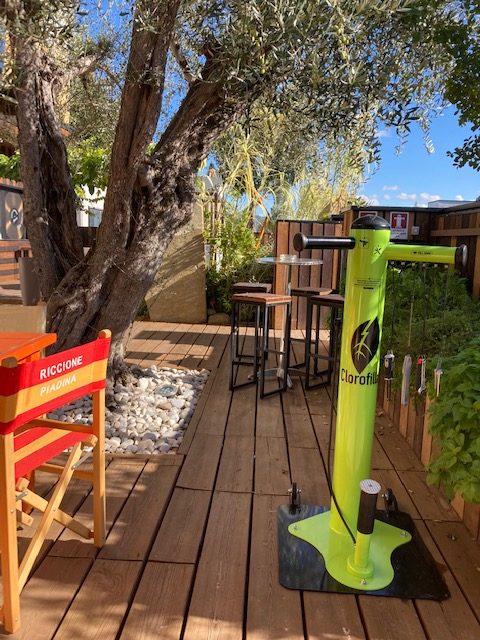A growing phenomenon for several years, bicycle-related tourism has literally exploded after the pandemic, with many people rediscovering a different form of travel—one more connected to experiences and emotions than to the “consumption” of destinations and offers.
From the bikepacker setting off from home on their bike to the tourist choosing two wheels for a day trip, there are many forms of bike travel that contribute to the overall impact of cycle tourism in Italy.
According to the report by ISNART, carried out in collaboration with Unioncamere and Legambiente, in 2022, there were 33 million overnight stays linked to cycle tourism in Italy, accounting for 4% of the country’s tourism, with an economic impact of 4.1 billion euros.
To strengthen and retain this flow of tourists and extend it to areas that are still lagging behind in this regard, it is important to work on multiple fronts, from infrastructure to the culture of hospitality and operator training. Services catering to cyclists are also crucial, as cyclists tend to choose facilities and operators capable of providing extra attention to those who opt for cycling.
For an establishment located near a road frequented by cyclists, a cycle path, or a destination particularly sought after by cyclists, there are many measures that can change the perception and make it more attractive to cyclists deciding where to turn. Having adequate space for bicycle parking or storage, for example, is essential.
For cycle tourists, the bike is the means upon which the success of the journey depends, often an expensive mode of transportation equipped with carefully selected accessories and equipment. Leaving it in an open basement or, worse, not having a place to park during lunch break is a reason for not choosing a hotel or a restaurant. On the other hand, additional amenities such as providing tools for quick repairs, an air pump, or a charging station for electric bikes are reasons to choose to stop there.

Being prepared and well-equipped makes the cyclist feel anticipated and welcome, and this makes a difference. The experience they take home, share on social media, and talk about, generating word-of-mouth, which is beneficial for the cycle tourism movement, depends more on the hospitality than the location. In Romagna, a flourishing tourism industry has been built on this principle, making hospitality and services the flagship of a coast that may not boast the most beautiful sea in Italy.
In Romagna, experiences of hotels that have been working with cycle tourism for years demonstrate the enormous potential of this sector. However, these are isolated experiences of those who have understood the importance of a certain level of care for cyclist customers. This means that there is still much to be done, but also that, for those who seize the opportunity, the future looks promising.
Clorofilla firmly believes in a tourism that has a lesser impact on the environment, capable of moving people and helping them understand the beauty of traveling by bike and discovering the gentle rhythm of cycling. This is how traveling becomes a form of education. We, too, are cycle tourists, and we stand alongside those who believe in hospitality that cares for people’s well-being and the idea of giving meaning to the journey. As always, the bike is a powerful tool. We empower people to use it to make the world a better place.
Happy summer and happy holidays to everyone from Clorofilla.